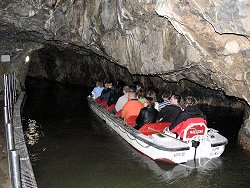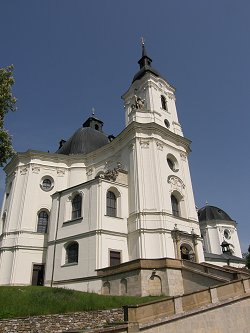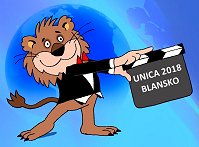
BLANSKO
home of UNICA 2018
version française | Deutsche Version
We have been welcomed to the town of Blansko, near Brno. It is in the Svitava River valley and is capital of the region to which it gives its name. Czech national and local officials are working with enthusiasts on the spot to make sure that 2018 will have a memorable UNICA Congress there. Typical temperatures at the start of September are 20-degrees in the day falling to 9-degrees at night.
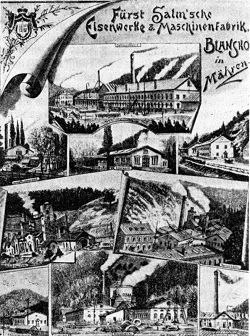
In its industrial heyday the town was famed for every sort of ironwork. This is the cover from a catalogue dated 1880.Those mills could produce tools for heavy industry or relatively delicate fittings for the home. In the Renaissance château near the town centre you can see examples of decorative and practical cast-iron, alongside a lot of interesting information about the area's past.
Today's industry concentrates on water turbines and motorcycles.
St. Martin's Church is the centre of annual celebrations each November attracting thousands of visitors.
There are good sports and recreational facilities including a hydro park, swimming pool and ice-rink.
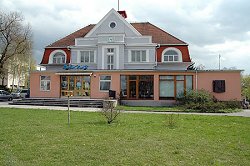
In this refurbished cinema we will watch the films from up to 30 member countries on the 15.4 metre wide screen.
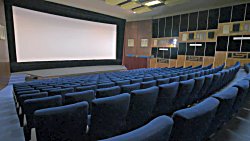
We expect over 120 films during the week, so those comfortable, sloped seats will be much appreciated. There will still be plenty of time for excursions, shopping and to chat over coffee with fellow enthusiasts.
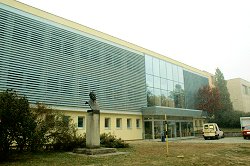
Directly across the road is Dĕlnický Dům (literally "workers' house" but what we would call a community cultural centre. In it we will have meals, some of the side meetings and so on. For the week of our visit the mayor plans to close the road between the two buildings for our safety!
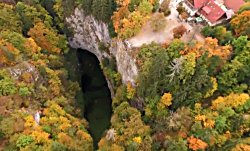
The Moravian Karst area near Blansko includes over 1100 caves and gorges. Many have carvings by Neanderthals and signs of past animal lairs. By far the most impressive is the Macocha Abyss, a huge sink hole, which is 138 m deep.
At its foot is the Punkva Cave system including a river. Silent electric boats take you on a tour through the underworld.
You can take the road-train from the landing-stage to the Skalní Mlýn hotel for a drink and snack.
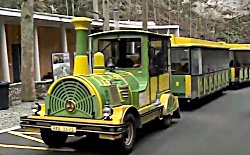
At the edge of the Karst area is the small market town of Křtiny. (Ask a Czech to speak the name for you - you will not believe it!) It is a place of pilgrimage, dominated by a Baroque pilgrim complex which includes the light, beautiful Church of the Holy Name of Mary. It is also home to an automatic carillon, which often plays.
An interesting guide to the Czech Republic, its people and customs (intended for students from other countries) can be found in English as a pdf here.
The Czech currency is the Koruna. In October 2017 one Euro was worth about 26 Koruna. One British pound was worth about 30 Koruna.
The Czech Republic is a member of the European Union and the Shengen Agreement. Citizens of the EU, Iceland, Norway, Lichtenstein, and Switzerland do not need a visa for tourism. But consult the Czech Ministry of Foreign Affairs for current information. Click here.
Pictures: Wikimedia Commons: Punkva caves by Pajast Křtiny Church by Lukáš Malý others from Czech UNICA promo films.
